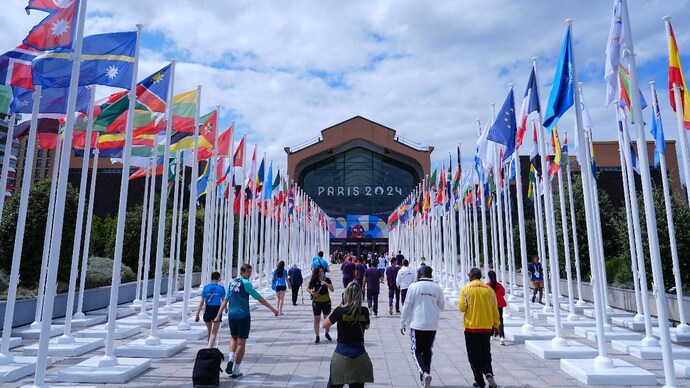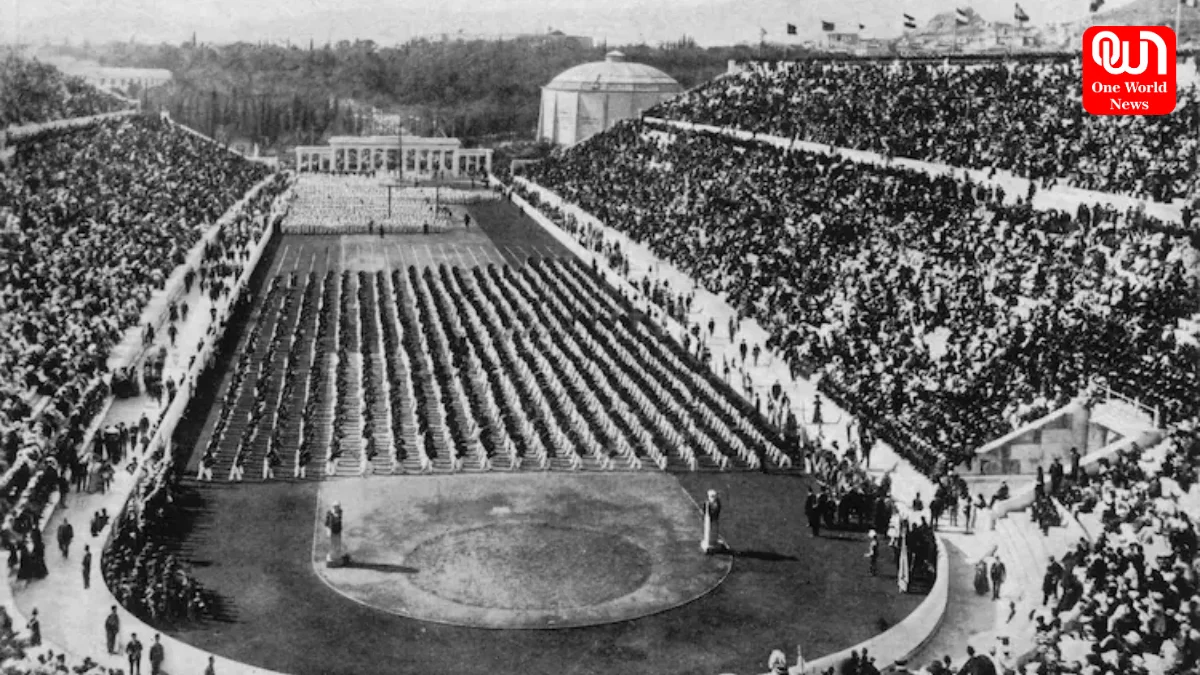Olympic villages – What happens here after the games are over?
Do Olympic villages demolished or resided after the games are over ? Here is the answer !
What happens to Olympic villages after the games are over?
The Olympic Games is an amazing spectacle, which presents an outstanding physical accomplishment and unites the countries of the entire world. Another massive development implicated with this occasion is the provision of Olympic Village.

Read more –Olympics Updates: Indian hockey team lost to Germany in the semi-final match
These are accommodation facilities that are built for athletes, coaches, and officials with a view of offering comfort and security. However, after the athletes leave during the closing ceremony and all that is left is the bitter-sweet after taste of the games, the destiny of these Olympic villages highly depends on the hosts’ intents and follow-up actions.
Residential Use:
In fact, it can be noted that one of the most frequent uses of the Olympic Villages is their conversion to residential areas for some time after the Olympics is over. In London, the athlete accommodations were utilized to make permanent housing in the year 2012 and in Sydney, Australia the similar concept was followed in the year 2000. These structures were built with the consideration of future application of use whereby the specific structures could easily be converted from the preliminary accommodation structures to the permanent dwelling structures. There is significant improvement on the existing stock of houses for human and environments hence reducing the difficulties that come with housing shortages as well as a permanent gift to the host nation or city.
Read more –Paris Olympics 2024 – Bajrang Punia’s Reminder On Vinesh Phogat After Olympics 2024 Heroics
Educational and Community Facilities:
After the Olympics, certain Olympic Villages are often converted for use of education and people. For example, the Olympic Village in Los Angeles (1984) as a student campus in the University of Southern California. Likewise, houses can be transformed into clinics, offices, shops and supermarkets, and other utilities, and this means capacity usage for the beneficial improvement of local people’s living standards as well as the provision of the community with qualitatively good amenities.
Tourist Attractions and Hotels:
Sometimes, structures used in hosting Olympic Villages are retained to be used for tourist attraction or as hotels. The Barcelona of 1992 was able to incorporate its Olympic Village into the city’s planning layout, some of which was adapted for commodification into hotels, fun related establishments and the like. This not only preserves the Olympic heritage but also has positive impact in tourism, hence, in the economy since tourists would be interested in the historical background of the Games.
Neglect and Decay:
However, it is sad that not all Olympic Villages are put to a sustainable use after the events. Some have remained inactive and dilapidated such as those in Athens that hosted Olympics in 2004 and Rio de Janeiro that hosted in in 2016. Expenses have skyrocketed, no proper planning was done, and there was little to no investment that has been made in these areas that used to bustle with life. The cases indicate long term planning, and problems commonly encountered with such massive development investments.
Temporary installations:
In recent years, there has been a trend toward adopting temporary structures for Olympic Villages. For example, the Tokyo 2020 Olympics made extensive use of modular and recyclable materials, allowing for simple dismantling and reuse elsewhere. This method reduces the possibility of producing abandoned places while also reflecting increased sustainability and environmental consciousness.
The destiny of Olympic Villages after the Games is a difficult problem influenced by a variety of factors like as economic conditions, urban planning, and political will. Successful transitions can have long-term benefits for host cities by providing much-needed housing, communal services, and tourist attractions. In contrast, poor planning and implementation can lead to financial difficulties and neglected areas. As the Olympic movement evolves, so does the approach to administering these large, transitory communities, with a greater emphasis on sustainability and legacy.
We’re now on WhatsApp. Click to join
Like this post?
Register at One World News to never miss out on videos, celeb interviews, and best reads.








